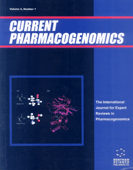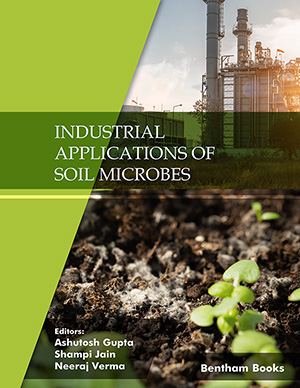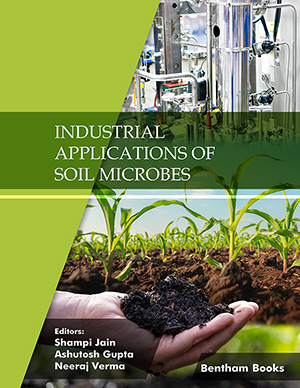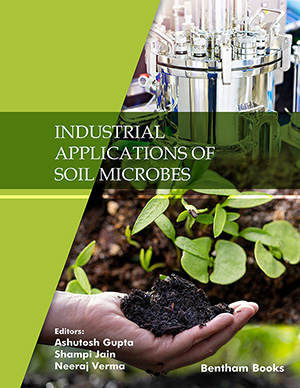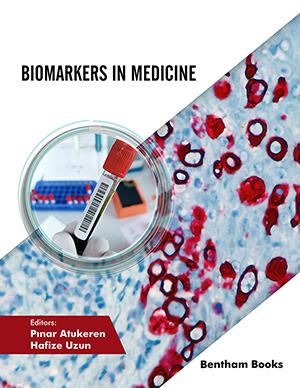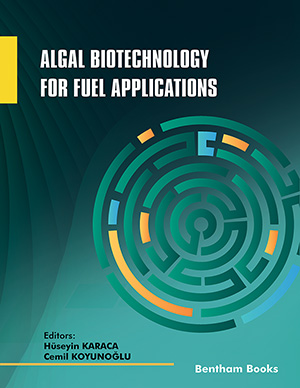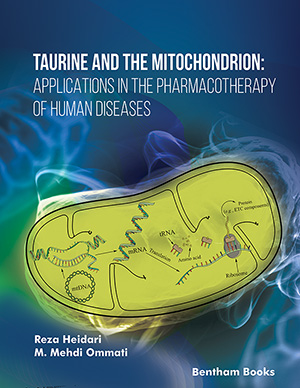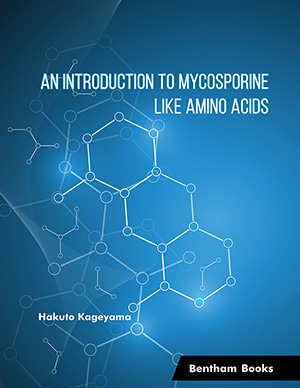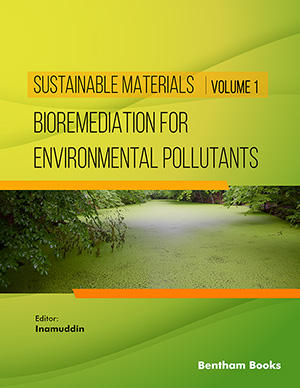Abstract
Plant pathogens pose a substantial threat to the production stability and the maintenance of quality of food, feed, fibre and now fuel. Certain bacterial strains have the capacity to prevent plant diseases in natural environments and may be used to replace chemical control measures now prevalent but potentially hazardous. Members of the genus Serratia, a gram negative bacterium which has been found to be frequently associated with rhizosphere of several plants has been studied for biocontrol mechanisms and application procedures. Some selected strains of S. plymuthica, S. marcescens and S. liquefaciens have been found to reduce disease severity to a desirable extent using specific application strategies. How Serratia achieves this ability for protection against pathogenic fungi has been discussed in detail. These strains produce antibiotics such as the red pigment prodigiosin and pyrrolnitrin. Besides they produce chitinases and siderophores which help to limit fungal growth. Regulatory processes at transcriptional and post transcriptional levels control the production of autoinducer signal molecules and the antibiotic pyrrolnitrin. Induced systemic resistance is another important mechanism involved in biological control of root pathogens by Serratia species.
Keywords: Biological control, Serratia spp., plant disease, antibiotics, chitinase, ISR.



